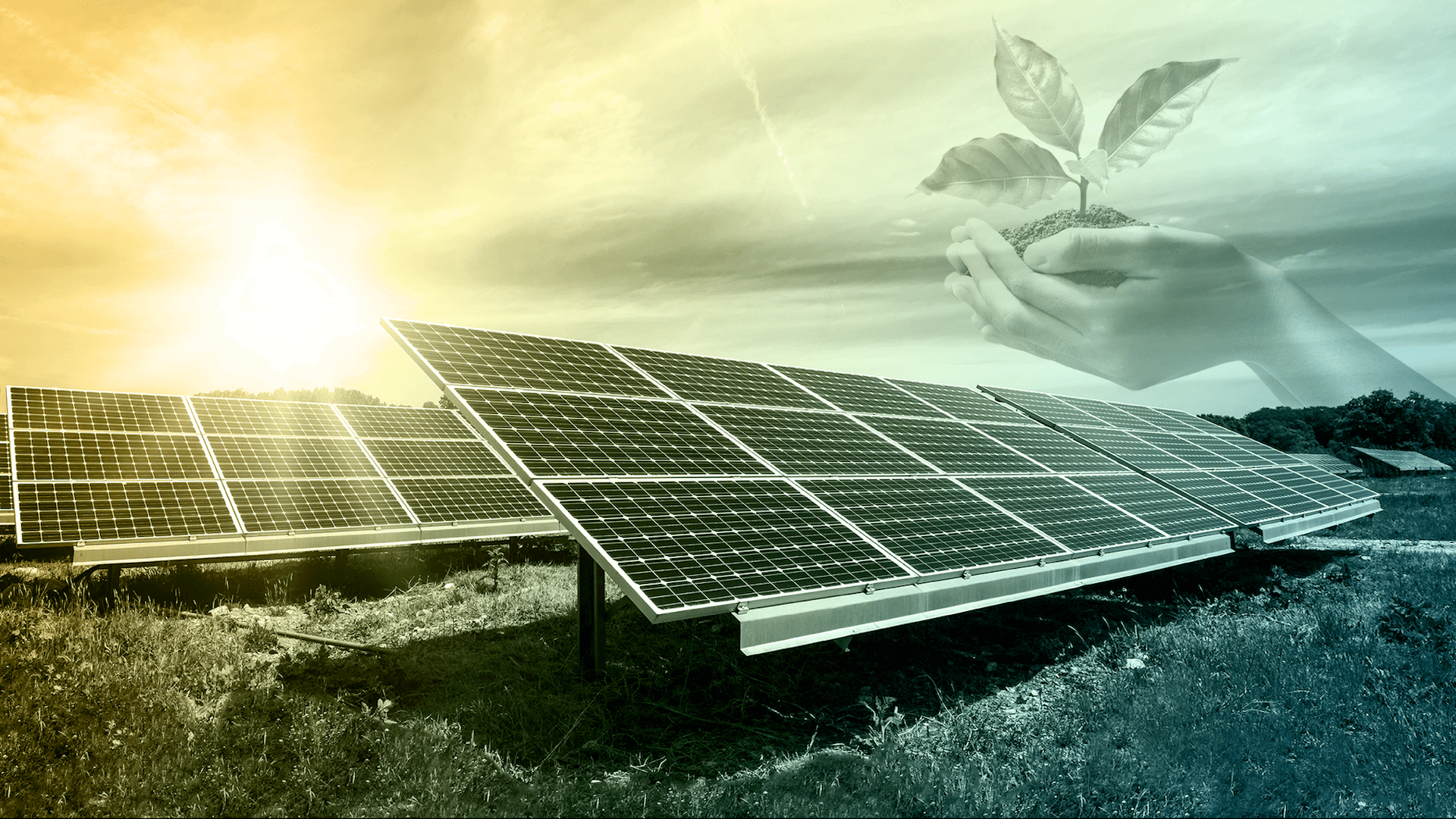How Much Energy Does a Solar Panel Produce?
Solar energy is a renewable resource that limits greenhouse gas emissions and the negative impact of climate change. Solar panels are necessary to harness solar energy, and each type absorbs a different amount of power.
In this article, we’ll talk more about the main factors that influence the amount of energy a solar panel can produce. We’ll also discuss how you can maximize the efficiency of your solar panels so they produce enough energy to power your entire home.
How much energy does a solar panel produce?
The typical solar panel puts out between 250 to 400 watts (W), generating around 1.5 kilowatt-hours (kWH) of energy each day. Factors like sunlight, weather conditions, orientation, time of day, and time of year impact solar power production.
Solar panel basics
Solar panels are either monocrystalline or polycrystalline. Both types of panels include silicon, but they use a different type of silicone crystal technology.
Monocrystalline solar panels typically feature a single crystal and a higher efficiency rating. The downside is that they usually cost more. On the other hand, polycrystalline panels are more affordable, but they don’t use the same quality of silicon crystals, and they aren’t quite as efficient.
To determine how much energy your solar panels are creating, you’ll need to have a basic understanding of wattage and efficiency. In the context of solar panels, efficiency relates to the amount of energy a panel is able to produce. A more efficient panel will have a higher energy output, which is measured in watts.
No matter what type of panel you use, they all generally work in the same way. When sunlight shines on a solar panel, the PV cells absorb the solar cells from the sunlight. This energy develops electrical charges that are triggered by an internal electrical field in the cell. When they start to move, electricity begins to flow.
Calculating solar panel energy production
In addition to knowing what wattage means, there are a few other terms you’ll want to learn.
A solar panel’s power rating will tell you how much energy the panel can capture in ideal conditions. This isn’t a guarantee that the panel will always generate this amount of energy, but it gives you an idea of its capabilities. This is also referred to as the solar panel output rating, and the average output rating of a residential panel is between 250 and 450 watts.
Solar panels are tested for their power output rating under a set of Standard Test Conditions (STC). Universal conditions include factors like cell temperature (25 degrees Celsius), air mass (1.5) and solar irradiance (1,000 watts per square meter). This standardization ensures that these variables don’t impact the final grade or rating a solar panel receives.
Estimating energy output
Estimating energy output is not as complicated a process as you might think. In fact, there’s an easy step-by-step approach you can take to determine how much power your solar panels can produce.
The most simple formula is the power in watts multiplied by the average hours of direct sunlight, which equals the daily kilowatt hours. Say you have a 250W solar panel that receives eight hours of direct sunlight each day. Here’s what the formula would look like:
Power in watts (250) x average hours of direct sunlight (8) = daily watt-hours (2,000 Wh or 2 KwH)
To determine if you can cover your electric bills with solar power, you’ll want to start by monitoring your energy usage for a few months. This gives you a picture of how much power you’re currently using and how much you would have to generate. The size of the panel impacts the amount of energy it’s able to generate, but its efficiency also plays a key role.
Maximizing solar panel efficiency
As we talked about above, some high-efficiency solar panels are better because of their quality materials. It’s normal for monocrystalline panels to have a higher efficiency rating than polycrystalline solar panels.
Another factor that makes a difference is the overall layout and size of the panel. Since larger panels have a bigger surface area to catch the sun’s rays, they can generate more power and are often among the most efficient solar panels you can buy.
Right now, the top-performing solar panels on the market are the SunPower Maxeon and the REC panel. Both come with 25-year guarantees and offer top-notch efficiency.
No matter what panel you choose, you’ll receive the highest performance when you prioritize regular maintenance and cleaning. You’ll also want to make sure you orient your panels in the best position. Some solar panel owners recommend a slightly westward orientation since it generates more energy during the afternoon and evening.
Residential solar panels
The average solar panel is rated between four and 16 KW depending on the type of solar panel you’re using. Keep in mind that a panel with a higher rating will likely be larger in size, and it could be difficult to fit on your home’s roof. On the other hand, a panel rated at 8 KW can provide an average of 40 kWh when placed on your roof. If you generate more energy than needed to power your home, you can store the excess in batteries
If you’re thinking about powering your home with solar energy, you might have some questions about what’s required for solar panel installation. Many people hire professional installers rather than doing the work themselves. Professionals can also help you assess your home’s overall solar potential and estimate your home’s energy needs and typical electricity usage. Keep in mind that any big changes on the horizon, such as buying an electric vehicle or adding onto your home, will impact the total amount of energy you need to have on an ongoing basis.
A professional can also help you understand the role that inverters play in solar power. These tools convert direct current (DC) energy to the alternating current (AC) energy that the electrical grid uses. The main difference between the two types of energy is how they both flow through the circuit. An inverter changes DC to AC energy by rapidly switching its direction, which impacts its future flow.
Planning a solar energy system
To calculate the number of panels you need to supply energy to your home, it’s important to know the amount of sunlight your house receives in addition to understanding the amount of electricity you normally use.
While nationwide averages suggest that you’ll need 26 solar panels if your average electric bill is around $200, the numbers vary based on your current rate and the number of daily peak sun hours. You also need to know if your roof is large enough for the panels.
If you buy too many panels and need to store the extra energy, batteries are an option. However, a battery storage system can cost as much as $35,000 per year and takes up additional space along with your panels, so it’s not the best option for everyone. If you want to ensure you have around-the-clock power and ongoing self-sufficiency, it’s worth considering.
Cost and incentives
Typically, solar panel system installation costs between $15,000 and $25,000. While this is a large investment, you’ll potentially make this money back over time in energy bill savings. You’ll also qualify for a tax credit if you live in the United States.
The fastest way to calculate the ROI of solar panels is to divide the profit by the cost. Your solar panel cost will include inspection fees and maintenance costs along with whatever you spend on installation. For many homeowners, it takes between five and 15 years to recoup their original cost. ince solar panels tend to last 25 years, there’s still potential for a solid ROI.
Location matters
American households, in states with regular sunlight benefit most from solar energy systems since the number of peak sunlight hours directly impact energy production. While states like California and Florida are known for their sunny weather, Arizona and Texas also rank high on the list of states with the most sunshine.
Empower your future with solar energy
In addition to saving money on long-term energy costs, homeowners can reduce their environmental impact.
As you consider powering your home with solar energy, consider the factors mentioned throughout this article to determine how much energy you’ll need to produce and whether or not you can install solar panels on your current home.
Perhaps you’re not ready to fully transition to solar power, but you see the benefits of incorporating renewable energy. If you choose to sign up with Payless Power, a portion of your energy will be solar-powered. Payless Power is a reliable and affordable energy source for Texans searching for prepaid energy. Visit our website to get a quote today!
What our customers are saying
See why our power customers say we're the best electricity provider in Texas!
I was worried about getting electricity for my home through a prepaid company. I was calling around to see different rates then going through all the hassle of credit checks while dropping points each…
I have been with this company for several years and have been very happy since. Even when I moved, they made my usually stressful situation very easy and carefree. I recommend them to everyone that I…
I have enjoyed the service for 2 years now. In the beginning this service was planned to be temporary but with the service being so effective for me i decided to keep it for the long haul. I’m a happy customer.






